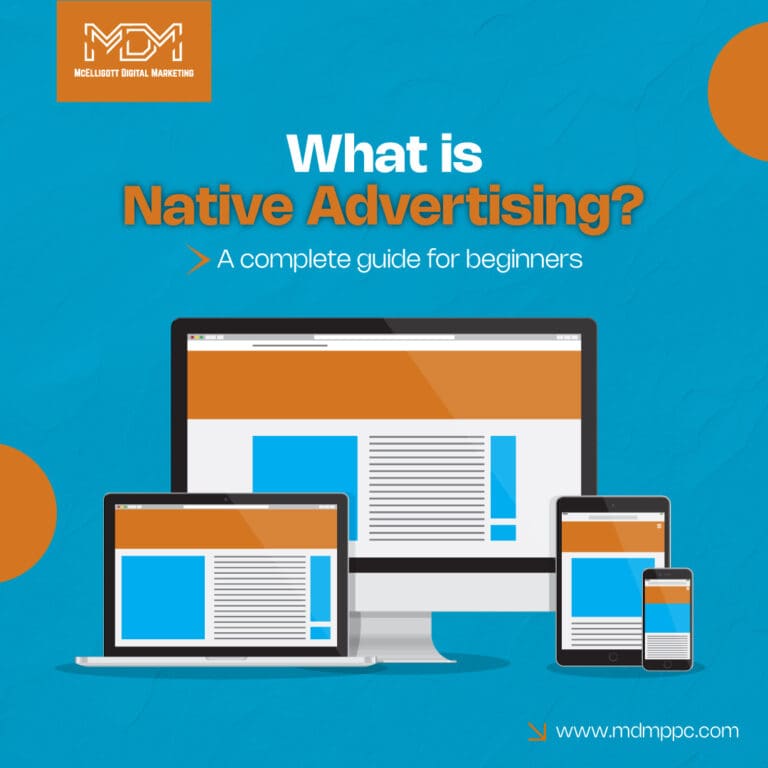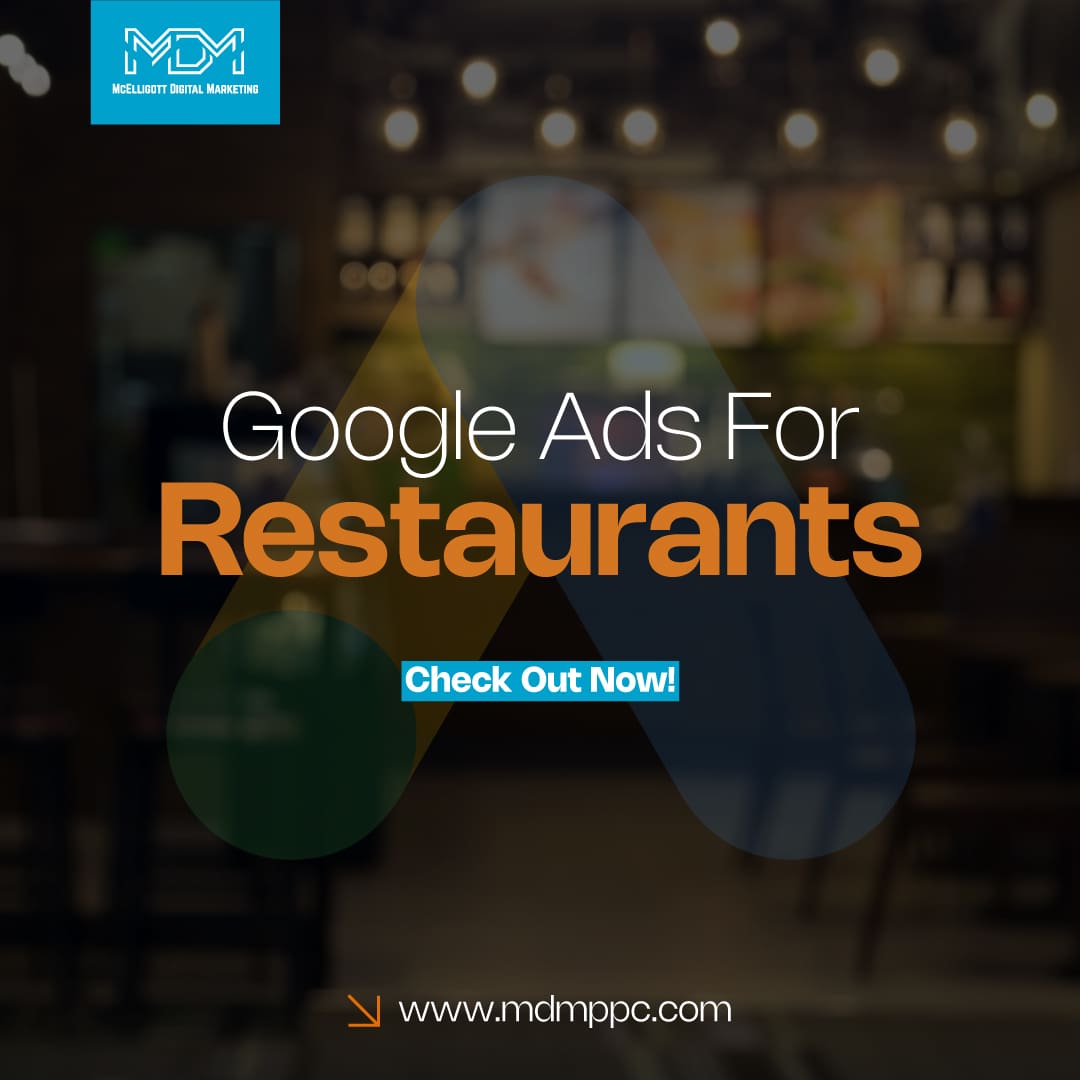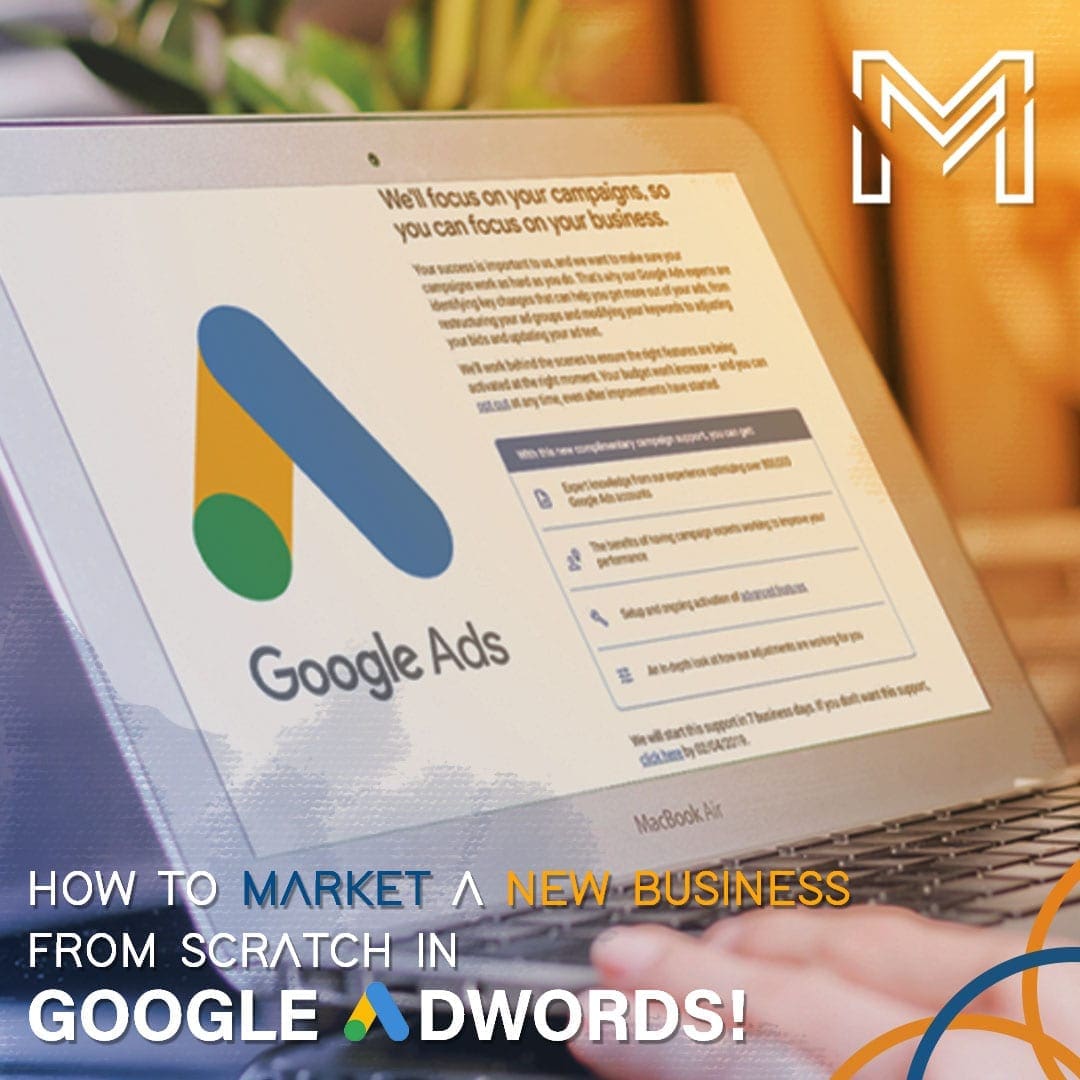Researchers have established that more and more people seek help from the Internet before making any decision. The visibility of products and services at the right place to the right audience at the right time can be a super deal for online businesses. Native advertising is here to pave the way between you and your customers.
Native advertising is a paid ad format that perfectly matches the platform where it appears. For example, if you’re watching videos on YouTube and get a paid video advertisement in between, you’re less likely to skip. This is an example of mobile native advertising.
This article provides information on the definition of native advertising and how incorporating it into your campaign can leverage the output of digital marketing strategies.
What is Native Advertising?
It refers to paid content that feels ‘native’ to the media format in which it appears. These are kind of display ads, but they are less intrusive and tailored for a target audience. The native ads content is finely integrated with the presented media in multiple formats, such as sponsored ads, in-feed listings, recommendation widgets, and more.
Here are the top 5 native advertising units that can result in a 5X increment in your online marketing’s ROI.
Type of Native Ad Units Worth Trying
- Sponsored content
This is informative content that aligns with the query results. Sponsored ads look like the user’s browsing content and, in turn, efficiently promote the product or service.
Native ad example: You must have encountered the sponsored tweets while scrolling the regular feed on ‘X.’ A news magazine would also include sponsored paid ads from different businesses to promote their products, syncing with the other magazine articles in design format.
- Promoted listings
As the name suggests, users can quickly identify promoted lists on e-commerce platforms like Amazon, Etsy, etc. They are shown at the top of the search results or category pages.
Native ad example: You’re searching for your favorite go-to duffle bags on Amazon and notice a few sponsored links in the first few results. These are the highlighted native ads with the higher chances of getting clicked and purchased.
- Video native ads:
A strong hook and straightforward marketing in native video advertising increase the chance of getting noticed.
Native ad example: You’re browsing a cake for an occasion on an app that shows you a video ad of event planners for birthdays and anniversary celebrations. The native video advertising is engaging and gets higher CTRs.
- In-app native ads:
The increased popularity of using apps for different functionalities on mobile phones has proved rewarding for in-app native ads. These ads are short and crisp to catch the user’s eye.
Native ad example: Have you encountered other online game pop-ups while playing SUDOKU? In-app advertising is relevant to the user and might interest him to try the advertised product.
- Native search ads:
These appear within a publisher’s search results on Bing and Google. They appear similar to the other query results but are depicted as ‘sponsored’ or ‘ad.’
Native ad example: Google is showing you 3-4 “sponsored” or “ad” categories for searching: Top 5 mobile phones to buy in 2024. You’re more likely to click on the first or second recommendation. Aren’t you? Paid search ads increase the credibility of a brand with the foremost visibility.
Benefits of Native Advertising Campaign
● Enhanced user experience – The hand-tailored ads indulge the audience in a subtle enough way to complement their user experience rather than disrupt it. This aids in the company’s organic growth, as the ads don’t feel interruptive or irritating to the audience.
● Ad relevance: People only consume content they relate to or find attractive. The basic principle of digital marketing is based on analysis and research, which helps identify target audiences who see the content relevant enough to own it.
● Increased traffic: Since the native ads blend in so well, they give the user a pretense. A user will likely click on something he thinks is ‘not an ad.’ Higher engagement will most likely follow increased sales and promotions.
● Increased credibility: They say, “The devil lies in the details.” Well, that might be true in this case. If presented well, native advertising remarkably impacts a company’s credibility and trust. The key here is to make it subtle.
● Wider audience cover: Cross-platform appearances based on solidly researched data extend the audience cover. Professionals based on search engine-optimized advertisements help cover a wider audience.
● Higher conversion rates: The authenticity and relevance that a native ad exhibits are too good to be true. Due to this, the conversion rates, or ‘click-to-sale’ rates, are high in the case of native advertisements. For this purpose, one can outsource the advanced Google Adwords management team with expertise in running optimized ads with higher conversion ratios.
How Native Advertising Works?
● The target audience: Not everything is made for everyone, so the basic rule of marketing suggests figuring out your target audience. The target audience is the audience that’s more likely to adopt your product or, say, be more responsive to your moves. Figuring out the target audience before pitching is crucial to deciding on a better content format and cutting unnecessary costs.
● Quality content building: The success of native ads hinges on the quality of the content. The ads presented must provide value, whether in the form of information, inspiration, or entertainment. They should depict the products offered and be relevant enough to attract people.
● Platform friendliness: One suit does not work on every occasion; one advertisement should not be pitched across different social media platforms. The ad so broadcasted shall be tweaked to blend with the platform’s media content. The advertising campaign should be made using the broadcasting platform’s algorithm.
● Transparency: Any advertisement on any platform should be a true representative of the product for sale. Transparent advertisements offer a fair share of credibility and trust, resulting in an increase in organic audience and retention of earlier ones.
● Leverage data and analytics: A constant watch on a broadcasted native ad’s performance can uplift the impact that is to be caused by the ad. The collection of data and its analysis indicate what changes are to be made to make an advertisement that can fully perform to its potential.
● Seamless integration: As discussed earlier, the impact of a native ad depends on how seamlessly it blends with the environment (platform) in which it is broadcast.
How do you get started with native advertising?
Native ads must be practiced subtly to serve their purpose. Here are some pointers to begin with the native ads for your online marketing campaign:
- Define the purpose of using native advertising.
- Research about the impact of native ads on your online business.
- Know your target audience.
- Know the merits and demerits of various native ad platforms.
- Evaluate the budget of your campaign and native advertising cost.
- Formulate credible and appealing content for your target audience.
- Take timely progress reports of your native ad campaign.
Conclusion:
Native ads are interactive ways to grab your audience’s attention in the blink of an eye. They allow you to connect with your audience by learning about their likeability and creating native content that resembles their liking.
You can increase your company’s ROI by using customers’ target demographic data and creating high-quality content for them to click on.
Simple ads may annoy the audience, but non-intrusive native advertising won’t. A Google ads consultant team is required to analyze and deliver a suitable type of native ad that the user can’t resist clicking on.
FAQs
Q1. Why do advertisers choose native advertisements?
Native advertisements look barely intrusive and blend seamlessly with the content they have been presented with, creating higher engagement rates and adding credibility.
Q2. Where can native ads be placed?
Native ads can be placed on social media sites, such as in-feed ads, recommendation widgets, and website content ads.
Q3. How do you spot native advertising?
Labels such as sponsored, promoted, or ad might help you recognize a native ad.
Q4. Do native ads perform better than traditional ones?
Yes, native ads yield higher engagement rates and CTRs (click-through rates) than the traditional ones, owing to their seamless blending.





